Posted by Bob Lefebvre – Calgary, Alberta
Last summer I posted here about Lesser Slave Lake in northern Alberta as a birding destination. There are always lots of good birds there, and during our trip in July 2012 I got a few pictures around the campsite.
Canada Warblers are fairly common, and a pair was nesting right by our campsite.
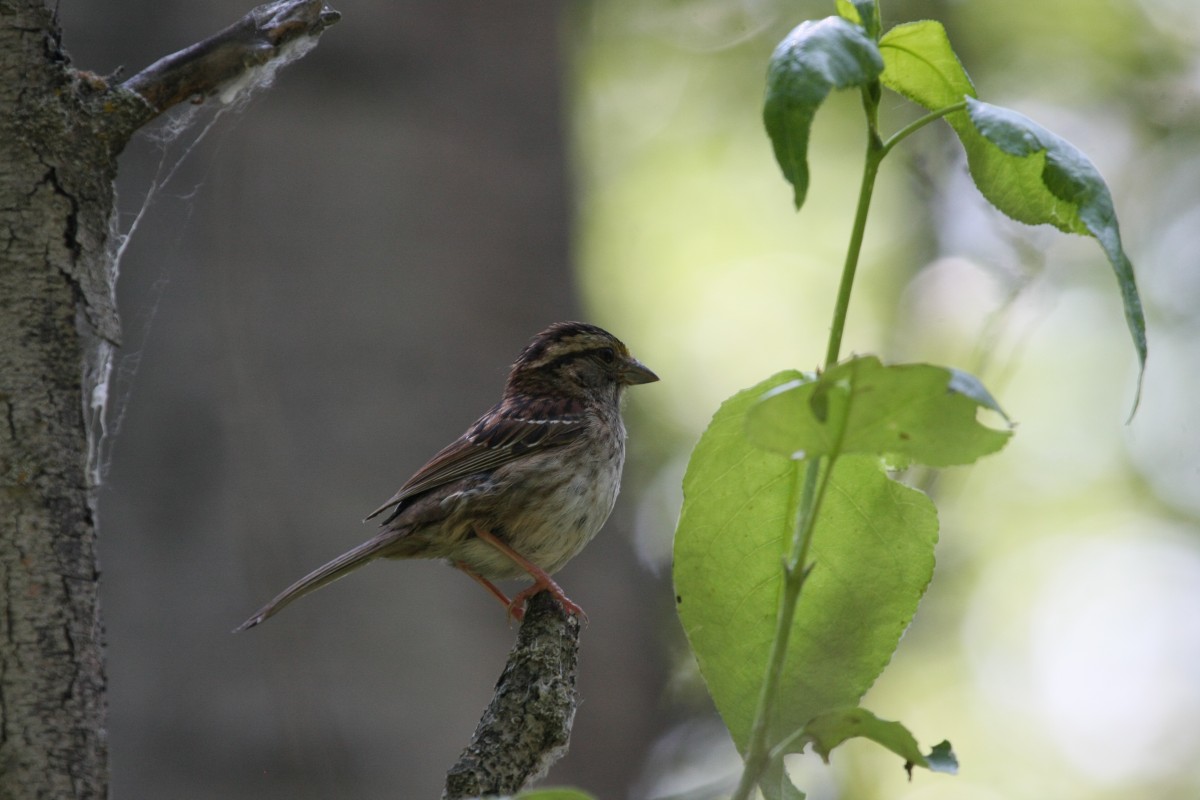 White-throated Sparrows sing their beautiful song most of the night.
White-throated Sparrows sing their beautiful song most of the night.
 Another common warbler is the American Redstart.
Another common warbler is the American Redstart.
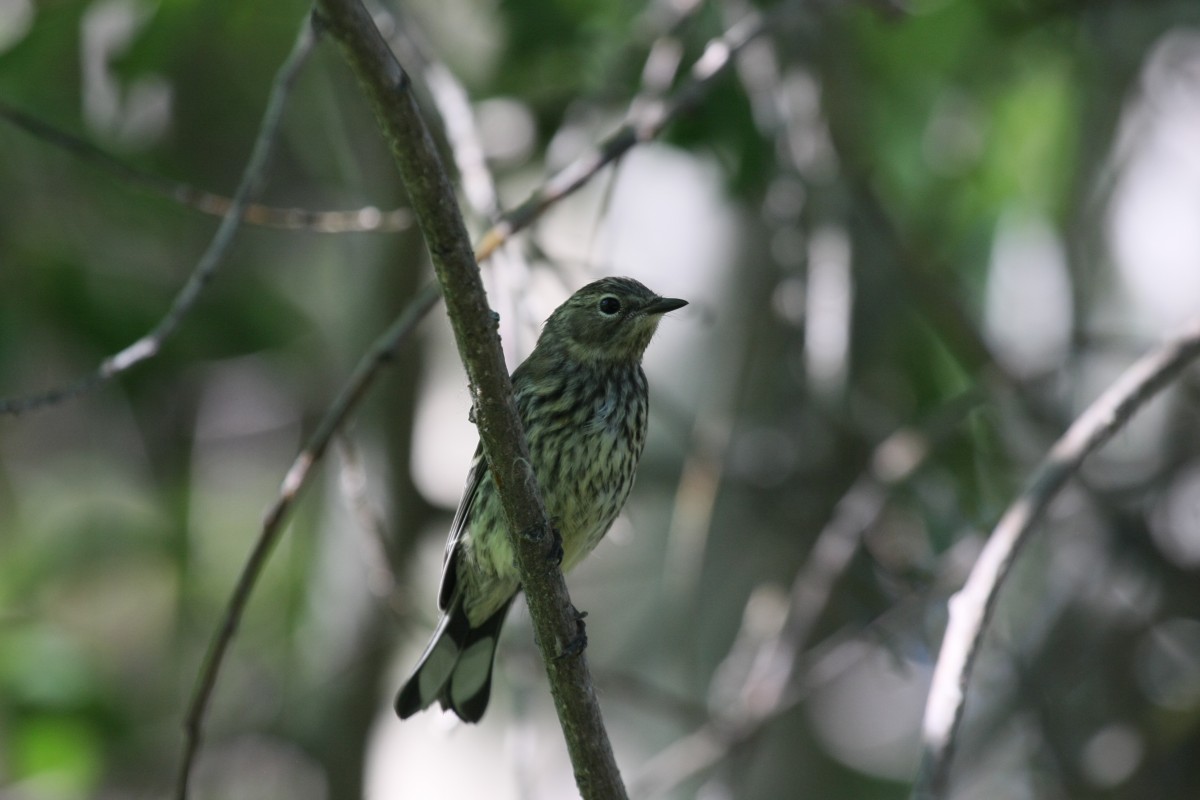 This bird had me stumped for a while – any guesses?
This bird had me stumped for a while – any guesses?
But one thing I really wanted to do on this trip was to make the six-kilometre round-trip hike from the top of Marten Mountain down to Lily Lake and back. Marten Mountain, located just off the eastern end of this huge lake in the boreal forest of northern Alberta, is really just a high hill at 450 metres above the lake level. I had been to the start of the trail before and enjoyed the view, but had never done the hike, which has a lot of elevation change and a reputation as a somewhat difficult walk.
Lesser Slave Lake from the top of Marten Mountain.
In 2009 I had seen my first ever American Three-toed Woodpeckers in the burned area at the top of the mountain. In the hope of finding some new life birds there last summer (perhaps the elusive Black-backed Woodpecker), I talked a large group of my relatives into joining me to hike to the lake.
American Three-toed Woodpecker in the burn, from 2009.
As we descended to the lake we passed through the burned area and into a lush forest. My wife and I soon dropped behind the group of non-birders as we stopped to watch the occasional bird and take pictures of the scenery.
The trail starts in a large burn.
Dense undergrowth in the boreal forest. I like looking over these pictures in mid-winter.
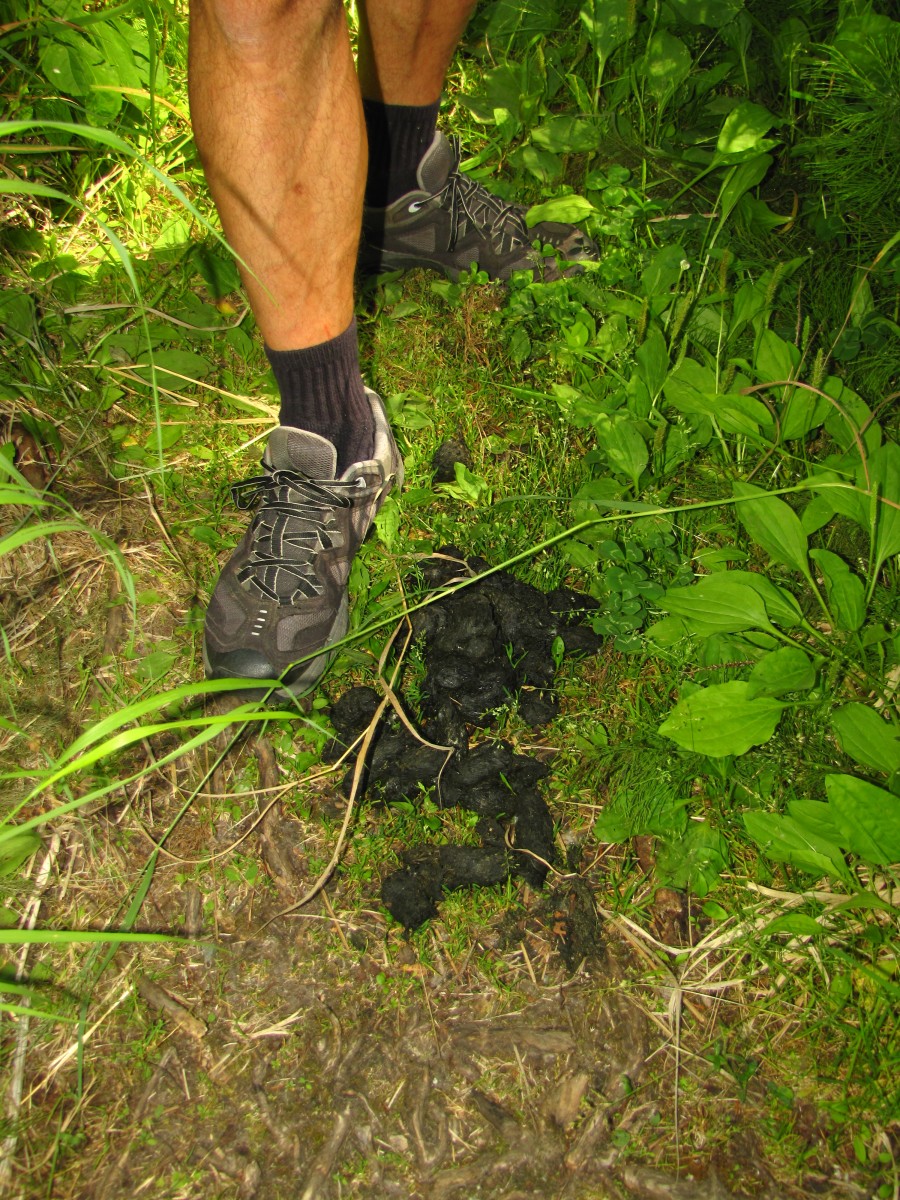 Bear droppings on the trail. A common sight in the area, it didn’t concern us.
Bear droppings on the trail. A common sight in the area, it didn’t concern us.
We fell really far behind when we spent a long time trying to track down a loudly tapping woodpecker (it turned out to be a Yellow-bellied Sapsucker). Before we even got to the lake, we met the rest of the hikers on their return. We decided to carry on to see Lily Lake, which is a small artificial body of water created by a dam on a spring.
Lily pads on the aptly named Lily Lake.
Lily pad and damselflies.
After exploring the lake for a while I was taking a break on a bench that overlooks the water while my wife took some video down at the water’s edge. I suddenly heard a loud snort from some bushes off to one side of the bench, followed by a few quick, heavy footfalls of something running. You can hear the ensuing conversation on the video my wife was shooting.
Unconcerned, I call out, “Hey, there’s an animal here.”
“Big or little?” she asks.
“Big. A deer or moose or something.” A short pause, after which I exclaim, “Oh, Jeez, it’s a bear!”
I had heard a sound behind me, and turned to see a very large Black Bear looking at me from about fifteen feet away. I stood up to face it, and my first thought, naturally, was “I could get a really good photo of this guy.” But I hesitated to point a 400 mm camera lens at a bear from such close range. He might take offense. So we stared at each other for what seemed like a slow minute, but was probably just a few seconds, then he turned and slipped into the dense growth. I snapped off a few pictures, and can almost convince myself that I can see him in this photo:
I joined my wife at the water’s edge (in my haste I tripped over a tree root and tumbled the last ten feet down the trail, somehow keeping my camera safe as I somersaulted). Now we had a problem. We were standing at the edge of the lake, with only one narrow path through the dense woods leading back to the parking area, three kilometres away. We had no idea if the bear had gone back the way he came, crossed the trail, or gone up the trail. The undergrowth was shoulder-high in places. After a few minutes we came up with a plan. We picked up the two largest sticks we could find (mine was about four feet long and five inches in diameter, and not light) and, after waiting a while to give the bear a head start, we started up the trail, singing, shouting, banging our sticks against trees, and generally making as much noise as we could. It was uphill all the way, and we went as quickly as we could. We kept this up for about two kilometres before we relaxed a bit (our voices were giving out too). It must have looked pretty comical. I’ve never had a problem with any of the dozens of bears I’ve encountered over the years, but it was a little unnerving knowing that this one could be three feet away and so well-hidden that you could stumble upon it at any time.
It was at this point that I got my life bird. An agitated warbler popped up as we re-entered the burned area and started lecturing us about getting so close to its nest. It was clearly an Oporornis warbler, and I stopped long enough to get it in the binoculars and take a few photos. The big eye-ring was obvious, and I had my first Connecticut Warbler.
Connecticut Warbler.
I had seen McGillivray’s Warblers before, so now Mourning Warbler was the only Oporornis I needed. As my wife urged me to pick up my stick and start singing/walking again, the bird flew down to the ground and then immediately reappeared, but this time much closer. I took a few last pictures and we headed out, soon arriving safely back at our car.
I didn’t realize until I got home and looked at the pictures two weeks later that the bird that came to the closer trees was not the same bird that we saw originally. It wasn’t even the same species, but was a Mourning Warbler, completely lacking the eye-ring of the Connecticut. So I got two life birds for the price of one, though I didn’t realize it at the time.
Mourning Warbler.
I can’t wait to go back to Lily Lake again and add some more life birds to my list. But I may have trouble talking anyone into going with me.




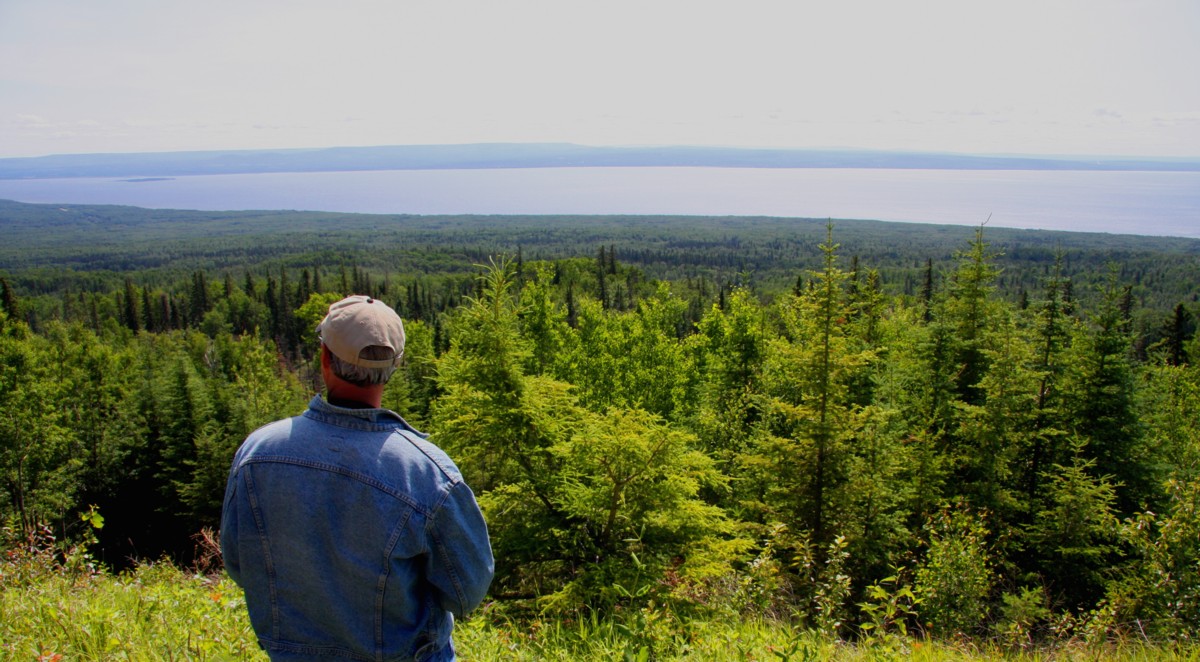
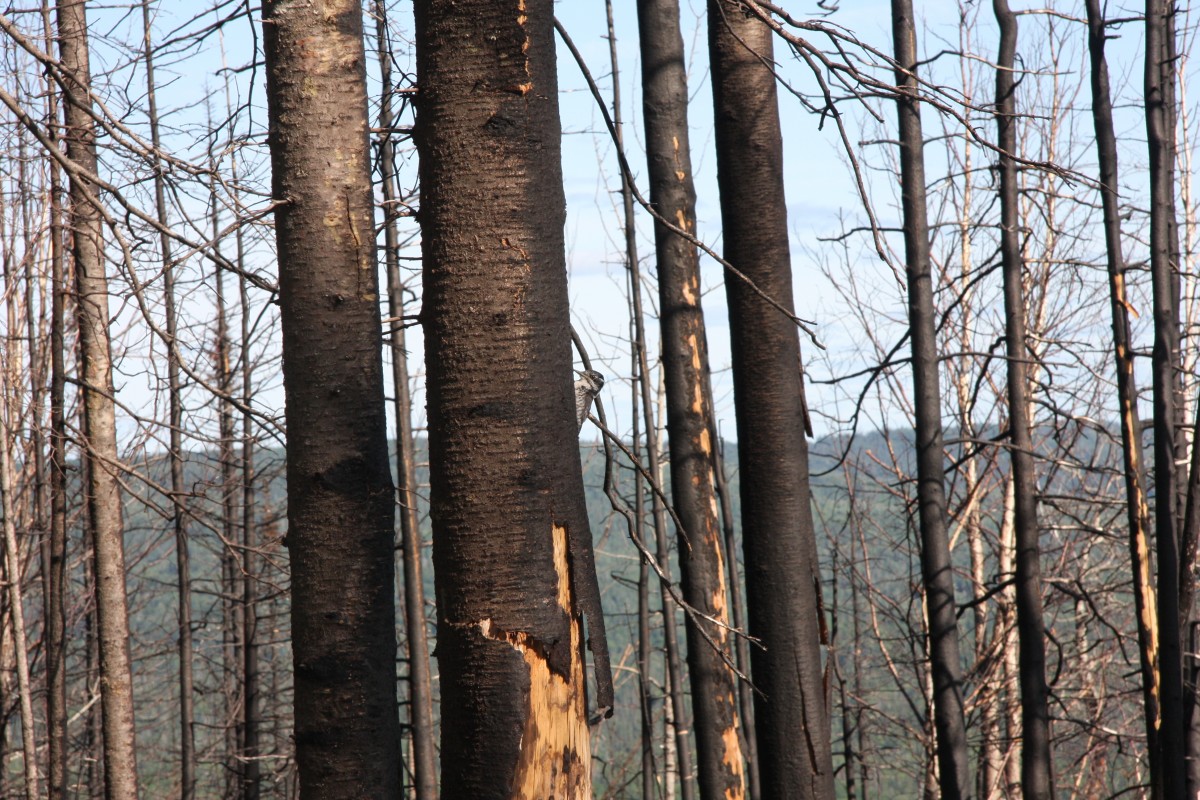


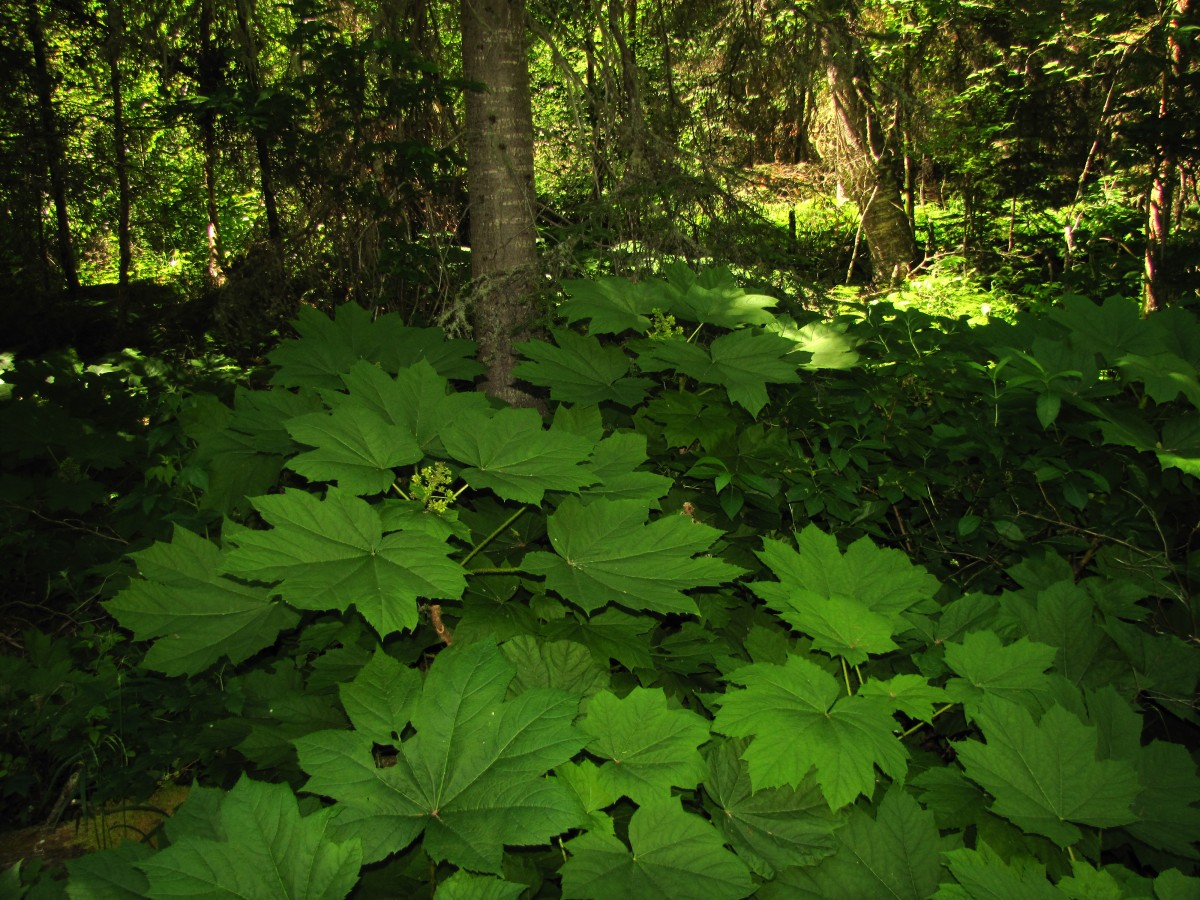
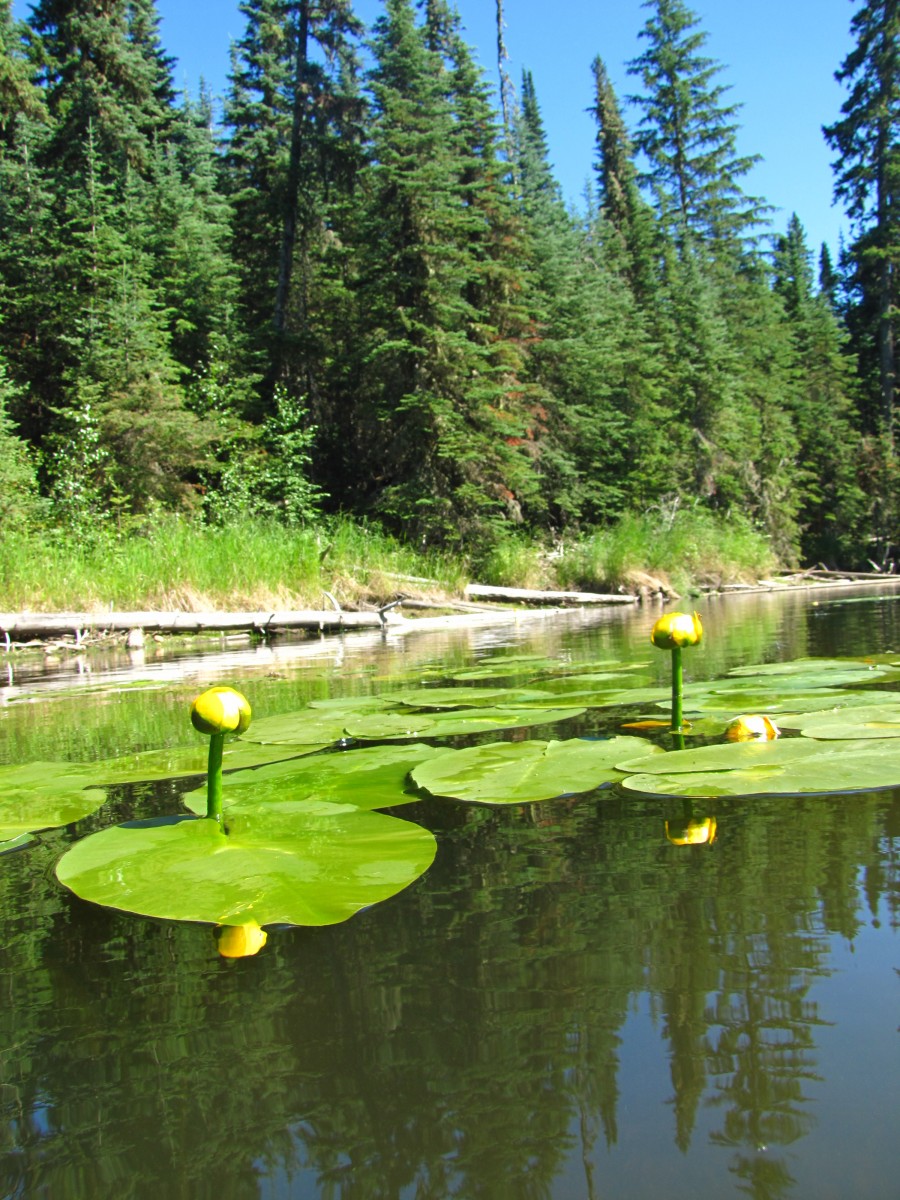
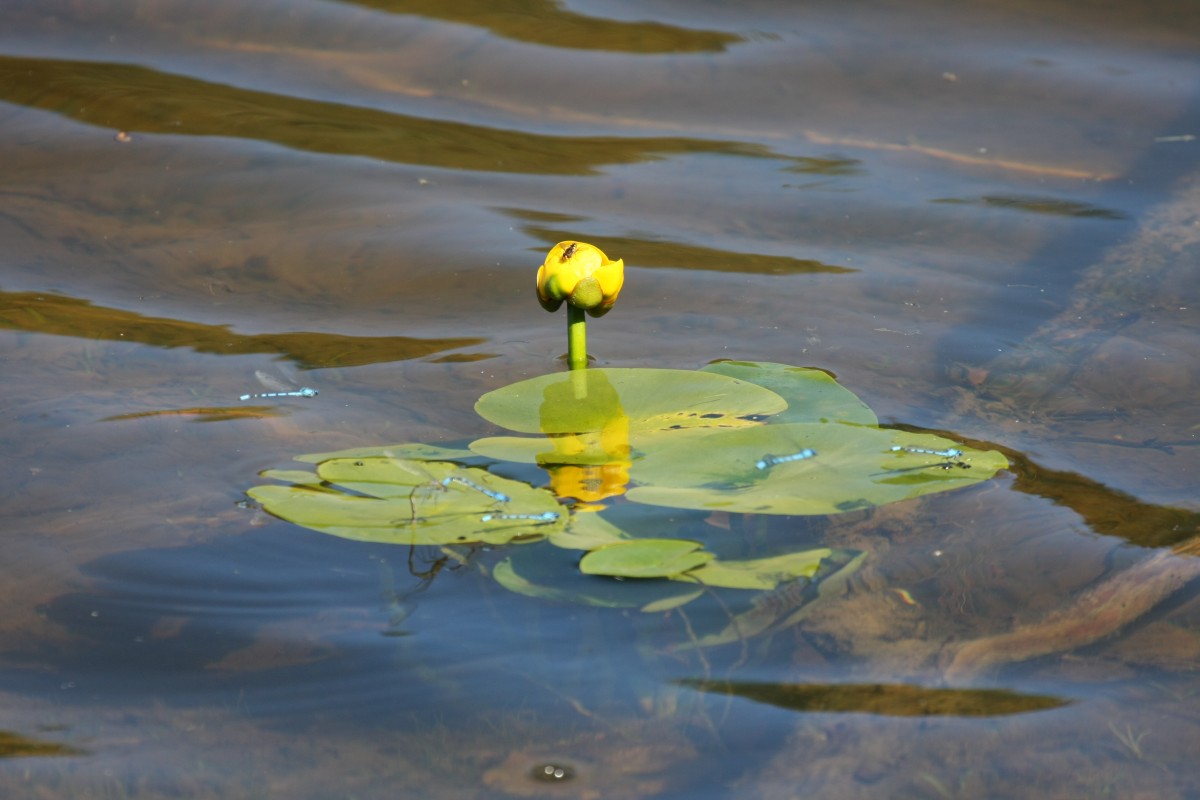


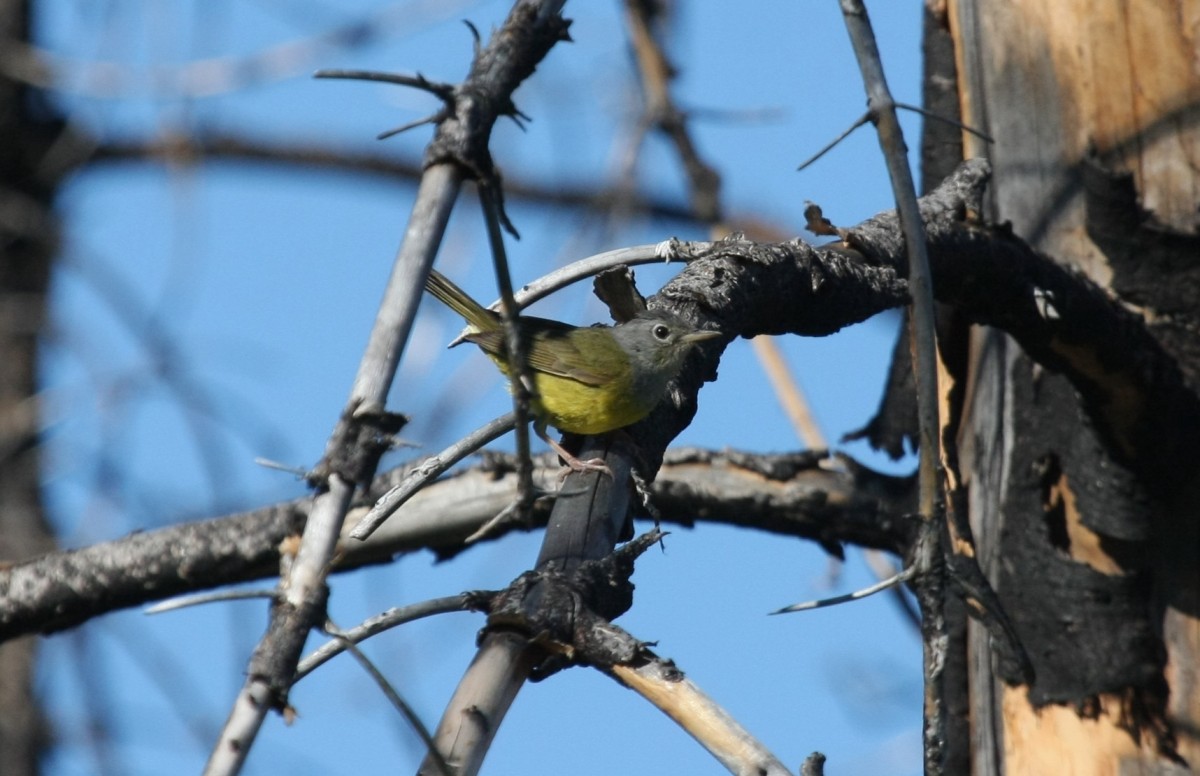
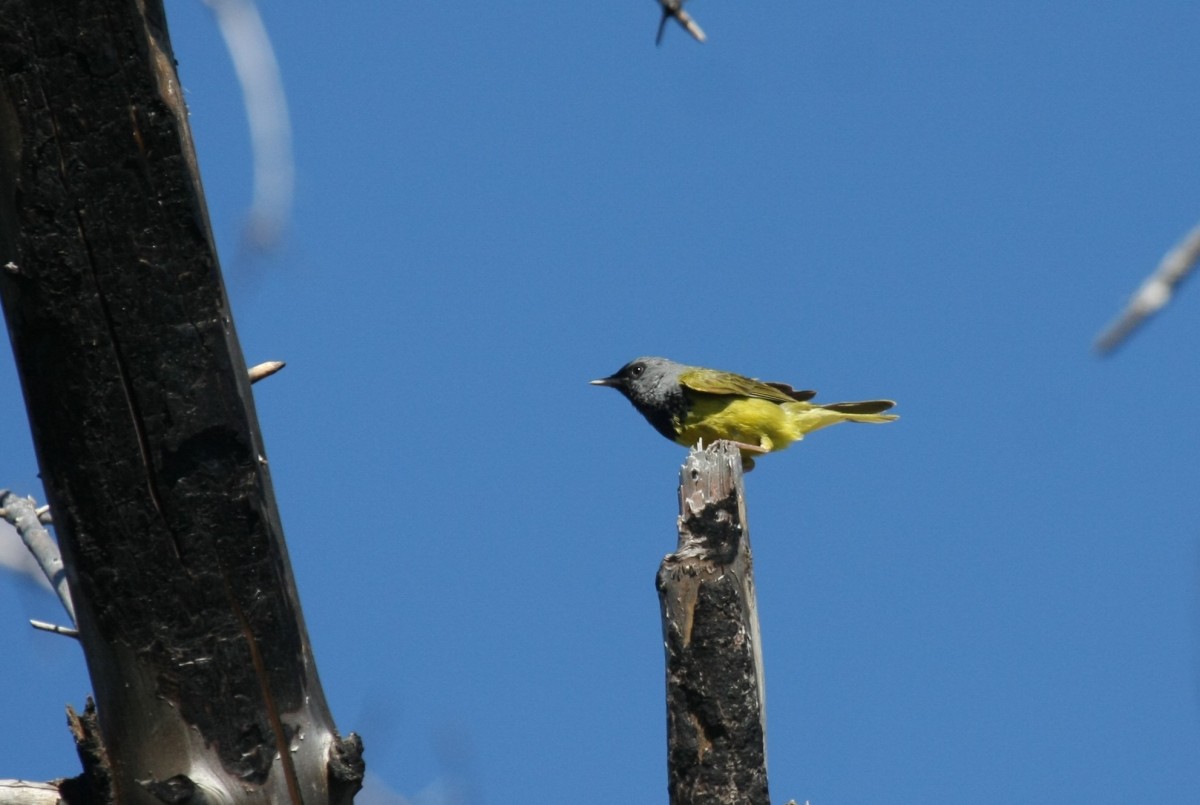

All your photos of the warblers are great, Bob! I agree too, it looks like a Yellow-rumped Warbler.
Yes, the unidentified bird is a Yellow-rumped Warbler. In Calgary we usually don’t see the juveniles until the fall, when they are much less streaked than this. I’d never seen one just out of the nest before. The big tail spots were a good field mark that helped me ID it, but I had to ask for help on it too.
Great post Bob! Laughed out loud at your thought process when you were facing that bear. What photographer wouldn’t think of the shot first, but at least you had the sense it might not be a good idea to aim a long pointy thing at a bear…
Great post Bob! Your unidentified bird is a juvenile Yellow-rumped Warbler.
hi Bob – Great story and great birds. A Yellow-rumped Warbler?
Great shots. I love the Connecticut Warbler. The stripey juvie is a Yellow-rumped, no?